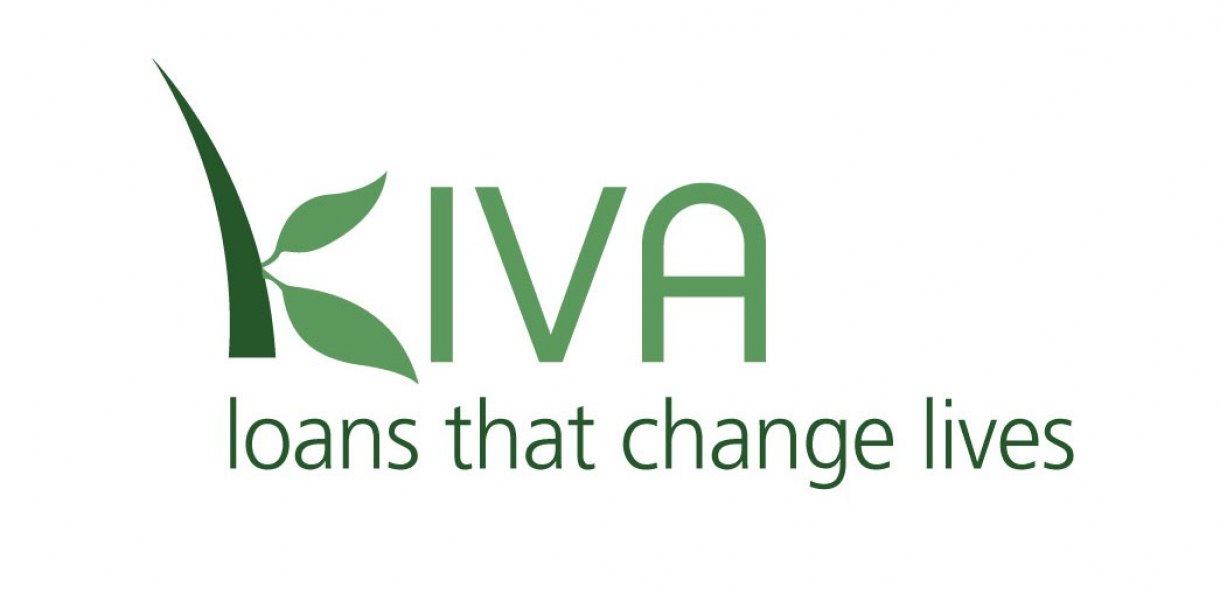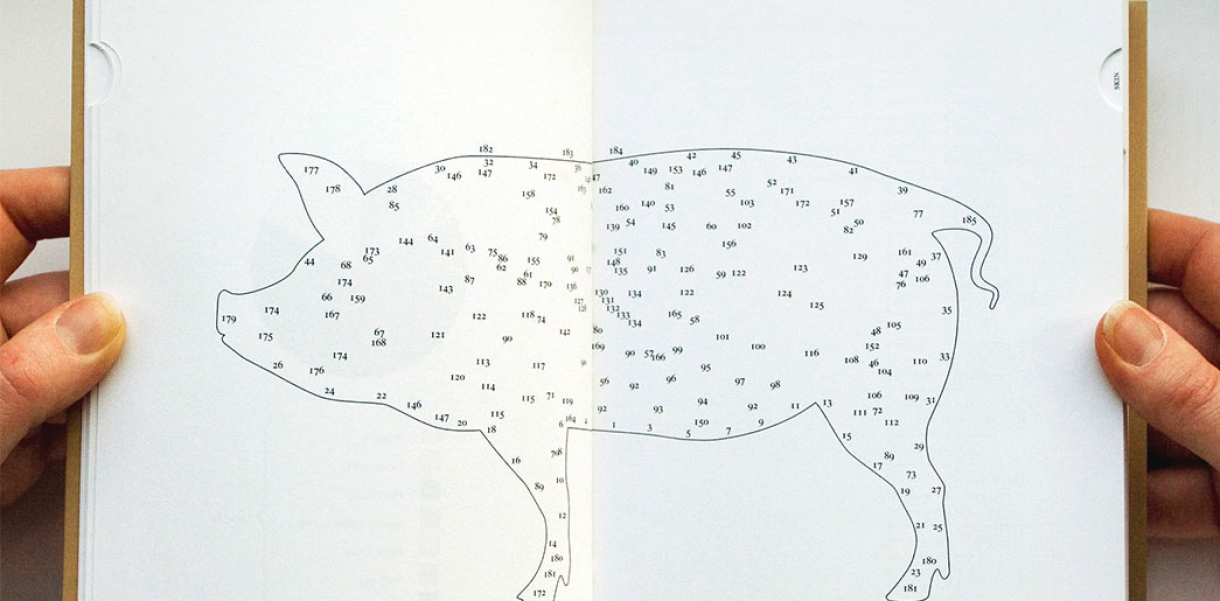“Kiva’s a website for everyone who experiences the kind of daily financial crisis of food insecurity, of not having access to capital, of basically having an uncertain future,” says Premal Shah, President of Kiva. “Now you can be a business partner with them, not their donor, and actually partner with them to get them out of poverty.”
Kiva.org is the world’s first person-to-person micro-lending Web site. It empowers people to lend directly to unique, small entrepreneurs in many parts of the world. Kiva.org will have lent more than US$87 million to developing-world entrepreneurs, micro-finance loans made by some 500,000 online participants, most of whom make loans of $25 at a time.
Once a lender’s money has been returned, that lender has the option of removing it from the Kiva system or re-loaning it to other entrepreneurs. To choose an entrepreneur, users search by region, gender and business sector. The user selects a loan applicant and how much funding to provide. The organization has built up a network of more than 100 intermediary micro-finance partners, who process applications, loans and paybacks, to and from the Kiva system.
“I’m excited about it (the US lending) because it represents a further blurring of the lines in people’s minds,” says Kiva co-founder Matt Flannery. “That’s a big part of our philosophy, we want to break down people’s categories, to educate people. They tend to think, ‘Oh, there’s rich countries and there’s poor countries and the people in them are totally different.’ Now I can walk down the street and visit a Kiva loan recipient a couple of blocks from my house.”
While the Kiva.org site is not exceptional as a web creation, its success in scaling small loans to create such heft in aggregate funding is its genius.
“Wikipedia has really expanded to be quite helpful in our daily life to democratize access to information. Kiva has that potential in democratizing access to capital,” says Shah.
Designed by:
Kiva
Website
Kiva.org






